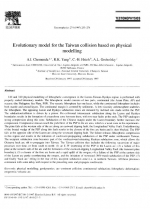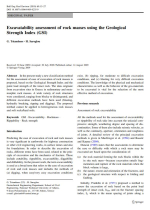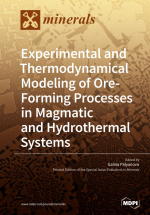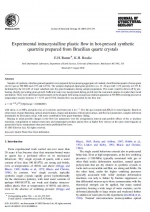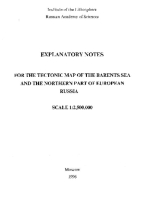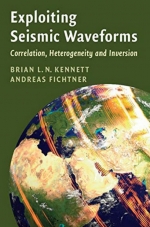Samples of synthetic, ultrafine-grained quartzite were prepared by hot-pressing aggregates of crushed, clear Brazilian quartz of mean grain size 0.4 mm at 300 MPa and 1373 and 1473 K. The samples displayed rapid grain-growth to ca. 12–20 mm with ,2% porosity at 1473 K, facilitated by the 0.6 wt% of water adsorbed onto the grain boundaries during sample preparation. This water could be driven off by preheating, thereby preventing grain-growth. Sufficient water was incorporated during growth into the coarsened samples to render them weak and ductile. These were deformed experimentally in the b-quartz field using an argon gas medium apparatus at 300 MPa confining pressure at temperatures mainly between T ¼ 1273 and 1473 K. Ductile flow was described by the flow law
with stress, s, in MPa, and grain size, d, in microns and strain rate e_ in s21. R is the gas constant and f(H2O) is water fugacity. Based on observation of grain flattening, optical strain features, shapes and densities of dislocation arrays, and flow law parameters, samples deformed dominantly by dislocation creep, with some contribution from grain-boundary sliding. Bearing in mind possible changes in the flow law parameters over the extrapolation interval and possible effects of the a–b phase transition, extrapolation to natural strain rates and temperatures predicts plastic flow at higher flow stresses at the same water fugacity at greenschist facies temperatures than previously published flow laws.




